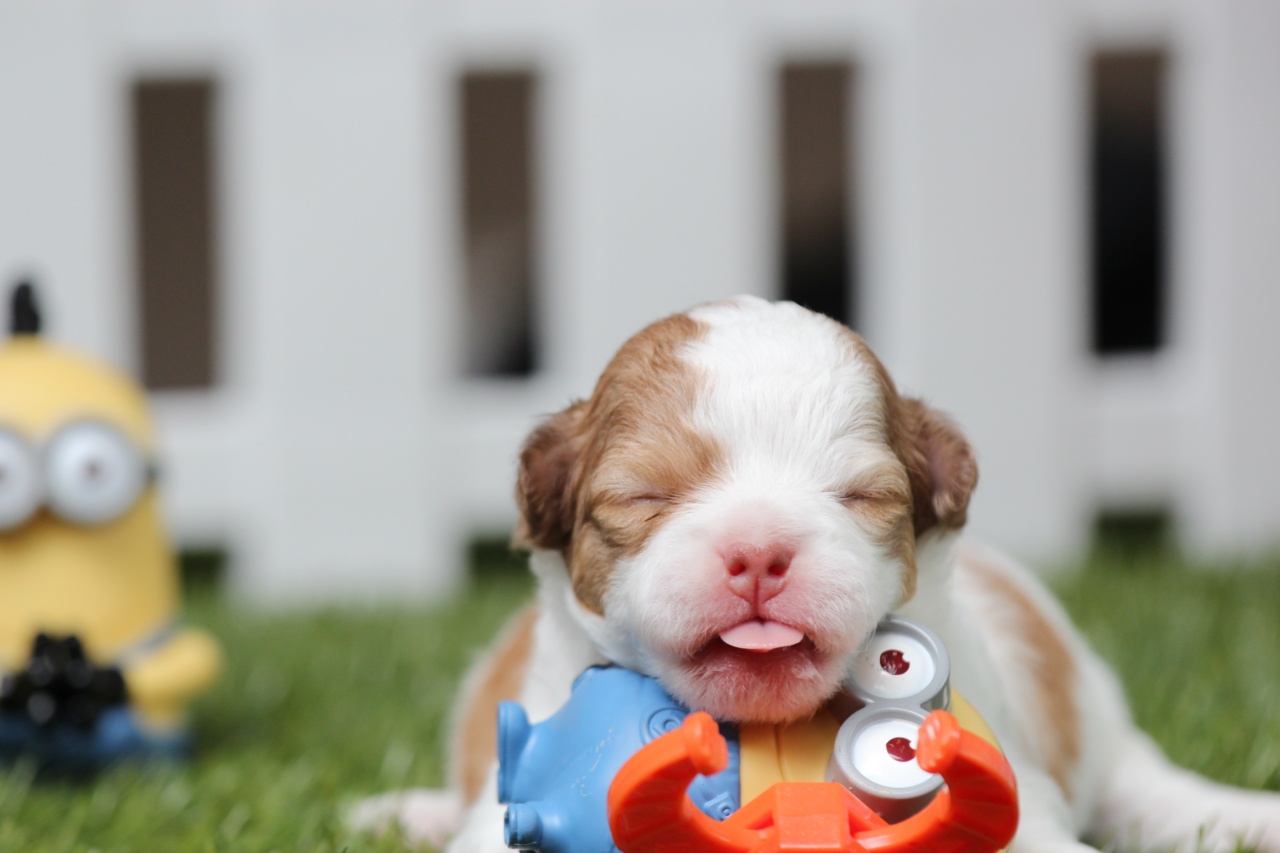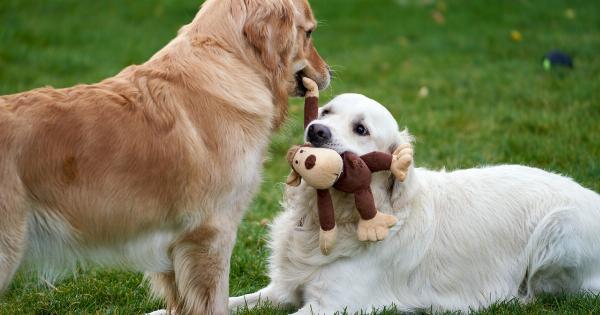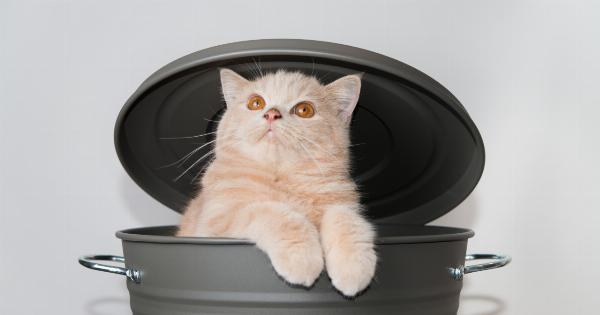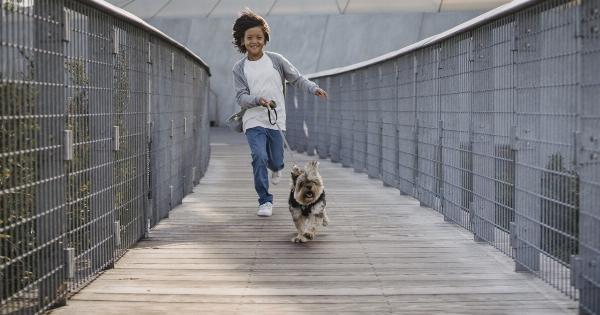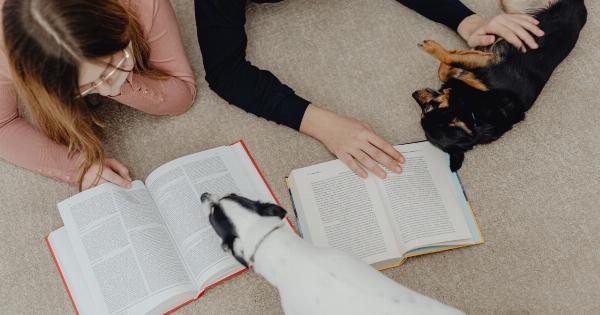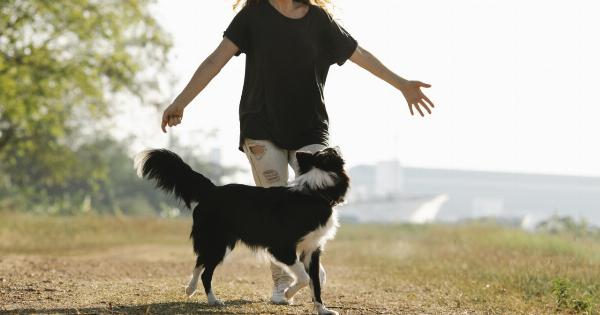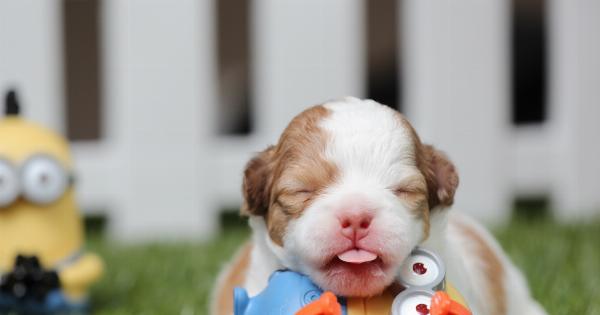Dog toys play a significant role in fulfilling a dog’s natural instincts and providing mental stimulation.
With a plethora of options available in the market, it begs the question: are some dog toys more appealing than others? In this article, we will delve into the factors that make certain dog toys more enticing to our furry friends, as well as tips for choosing the best toys for your dog.
The Importance of Dog Toys
Dog toys are not merely objects for entertainment; they serve a crucial purpose in a dog’s life. Here are a few reasons why dog toys are essential:.
1. Mental Stimulation
Dog toys are valuable tools for providing mental stimulation. Certain toys, such as puzzle toys or interactive treat-dispensing toys, engage a dog’s mind, challenging them to problem-solve and think strategically.
This mental exercise is vital for keeping a dog’s brain active and preventing boredom.
2. Physical Exercise
Many dog toys are designed to encourage physical activity. Fetch toys, tug toys, and balls are examples of toys that promote exercise and help maintain a dog’s physical fitness.
Regular exercise is crucial for a dog’s overall well-being and can help prevent obesity and various health issues.
3. Anxiety and Stress Relief
Dogs, like humans, can experience anxiety and stress. Toys that are specifically designed to reduce anxiety, such as calming chew toys or comforting snuggle toys, can provide a sense of security and soothing for dogs.
These toys can be especially helpful during challenging situations, such as thunderstorms or when left alone for extended periods.
Factors That Make Dog Toys Appealing
Different dogs have varying preferences when it comes to toys. However, several factors make certain dog toys more irresistible and appealing to a broad range of canines:.
1. Texture and Material
The texture and material of a dog toy can significantly impact its appeal. Dogs have different preferences when it comes to the feel of their toys.
Some dogs may prefer soft and plush toys, while others may enjoy toys with a rougher texture, like rubber or durable nylon. Experimenting with different materials can help you determine what your dog finds most appealing.
2. Interactive Elements
Dogs are social creatures, and toys that offer interactive features are often more appealing. Toys that make sounds, have hidden treats, or allow for cooperative play are likely to catch a dog’s attention and keep them engaged for longer periods.
Interactive toys foster a sense of companionship and mimic the stimulation dogs would naturally seek from their pack.
3. Scent and Taste
Dogs have an incredible sense of smell, and toys that have enticing scents can be highly appealing.
Scented toys, such as those infused with natural flavors or the smell of food, can capture a dog’s attention and provide additional sensory stimulation. However, it is crucial to ensure that any scents or flavors used in toys are safe for dogs and not artificial or toxic.
4. Size and Shape
Choosing the right size and shape of a toy is essential to ensure your dog finds it appealing. Dogs have different jaw sizes and chewing preferences, so a toy that is too big or too small may not be as enticing.
Additionally, considering the shape of the toy can also play a role in its appeal. Some dogs may prefer round toys, while others may enjoy toys with irregular shapes that offer more challenges during play.
Choosing the Right Toys for Your Dog
While understanding the factors that make dog toys appealing is crucial, selecting the right toys for your individual dog is equally important. Here are a few tips to help you choose the most appealing toys for your furry friend:.
1. Observe Your Dog’s Play Style
Take note of how your dog tends to play and interact with toys.
Do they prefer chewing, fetching, or interactive play? Are they gentle or rough? By understanding your dog’s play style, you can choose toys that align with their preferences and maximize their engagement.
2. Consider Age and Size
The age and size of your dog can influence their toy preferences. Puppies may require softer toys for teething, while adult dogs may prefer more durable options.
Additionally, larger dogs may need toys that are specifically designed to withstand their stronger chewing power. Keep your dog’s age and size in mind while selecting toys to ensure both safety and appeal.
3. Rotate Toys
Regularly rotating your dog’s toys can help maintain their interest and prevent boredom. Introducing new toys and keeping a few favorites in the rotation can keep your dog excited and engaged.
Remember to retire damaged or worn-out toys to ensure your dog’s safety.
4. Safety First
Ensuring the safety of your dog should always be a top priority. Choose toys that are made from non-toxic materials and do not have small parts that can be swallowed. Additionally, supervise your dog during playtime to prevent any accidents or injuries.
In Conclusion
While dogs have unique individual preferences, certain factors tend to make certain dog toys more appealing than others. Considering the texture, interactive elements, scent, size, and shape of a toy can enhance its appeal to a wide range of dogs.
Understanding your own dog’s play style and preferences, as well as prioritizing their safety, will help you choose the most enticing and suitable toys. By selecting the right toys, you can provide your furry friend with hours of entertainment and mental stimulation, fostering a happy and fulfilled canine companion.
